For the Blackhawks, the Stanley Cup is in the details
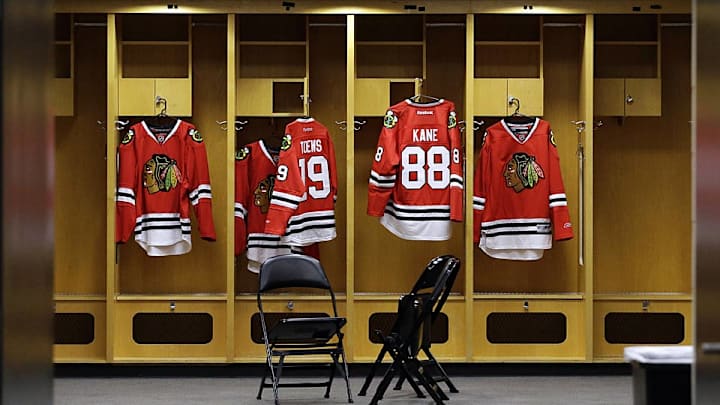
SOUTH BEND, Ind.—As part of his $7.6 million contract this season, it’s unlikely that Duncan Keith has a personal assistant clause to fulfill. Still, there was the reigning Norris Trophy winner on Thursday afternoon, preparing to discuss the start of the Chicago Blackhawks' training camp and finding a pair of reading glasses on the table before him. The specs belonged to head coach Joel Quenneville, who had left them behind when he departed the auditorium moments earlier. Keith picked up the glasses, shook his head, handed them to a team official and smiled. Everyone, even a core superstar on a Stanley Cup contender, has to do the little things.
The team buses were about 90 minutes late to the camp curtain-raising at Notre Dame’s Compton Family Ice Arena. The announcement of intentions for this winter was prompt: The Blackhawks want a third Stanley Cup in five years and feel they have the team to do it, returning most of the components that were arguably one deflected puck in a Western Conference Finals Game 7 away from winning it all last spring. And as on the opening day of camp, when Keith retrieved his coach’s eyewear, some central characters will be responsible for that vision. But Chicago's season may be defined by the assorted complementary parts that will orbit those stars, because depth tends to deliver titles, as the Blackhawks well know.
• New era as Devils begin camp without Brodeur
SI.com's 2014-15 Preseason All-NHL Teams: first, second, third
Jonathan Toews and Patrick Kane each signed eight-year, $84 million, Blackhawks-for-life extensions this summer. The similarly well-compensated quartet of Keith, dangerous forwards Patrick Sharp and Marian Hossa, and defenseman Brent Seabrook return as well. The core, as it’s called here, isn’t the question. It’s locating viable answers in the rest of the mix that looms large: finding the consistent No. 2 center, making the right move to get under the salary cap by early October without disrupting chemistry, identifying the young players who are ready to contribute important shifts down the lineup. That’s the stuff that can make the sliver of difference between a title and a long summer.
“Let’s be excited about where we’re at, knowing it’s a great opportunity and we’ve got a special group of guys,” Quenneville said. “We’ve got a majority of the guys coming back and they fit well together. We’re going to be very familiar with one another, kind of a comparable team to what we saw last year. But certainly our goal hasn’t changed.”
The Blackhawks indeed should know what they will get from their marquee names. The urgency of Toews, for one, didn’t appear to wane after he agreed to his mammoth contract at the ripe old age of 26. It can be safely reported that Chicago’s captain still wants to win championships.
“That’s the most exciting part about it: getting past that discussion and getting on with things that are more important,” Toews said.
• Injured Crosby makes surprise appearance at Penguins' workout
The near-term checklist of important things features familiar themes. The first is figuring out just who will be around a month from now.
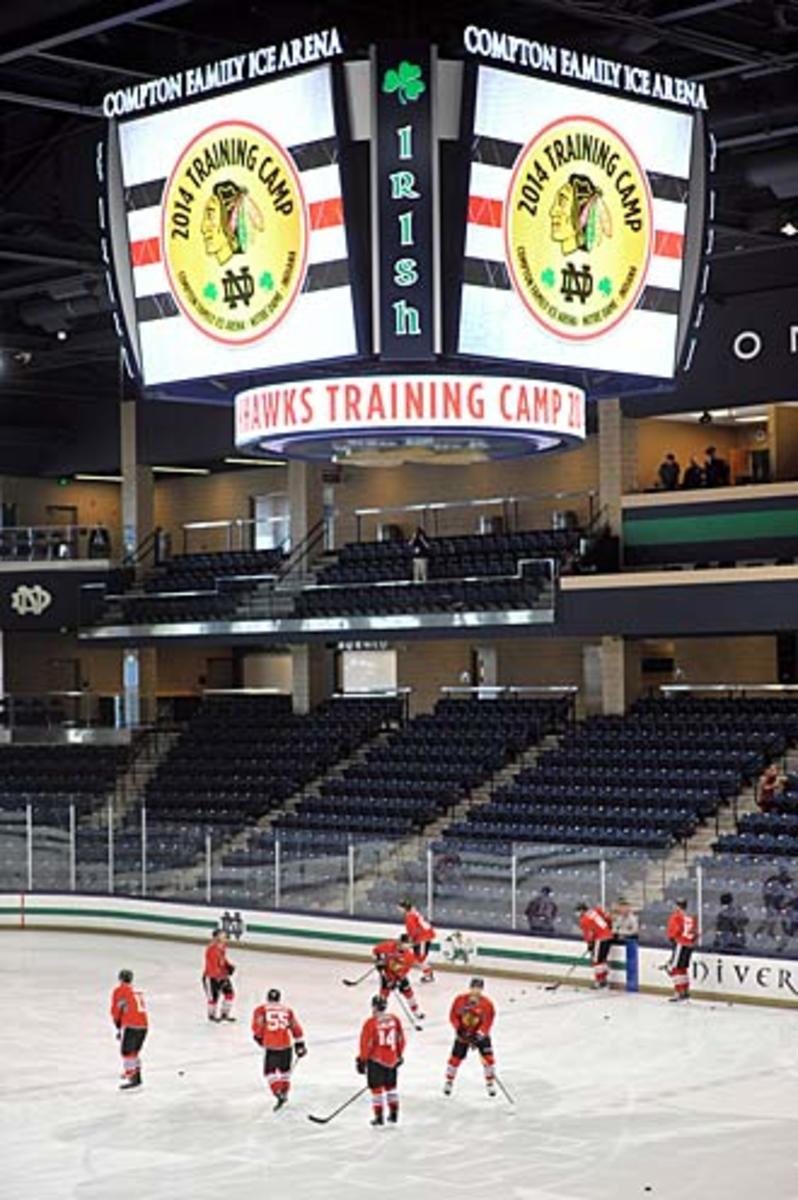
Chicago is about $1.4 million over the cap. Barring an injury solving the problem, trading a key asset—like defenseman Johnny Oduya and his $3.375 million cap hit—is inevitable. But dealing Oduya would mean disrupting chemistry on the back end, as he and NiklasHjalmarsson have built a solid rapport as the No. 2 blue-line pairing. It also means counting on an unproven or lesser talent to fill in when someone else moves up a notch. And even if the move doesn’t involve Oduya, the same dynamic holds true: Someone will go, which means that someone who is less experienced or familiar will take on a larger role in some fashion. In the suffocatingly competitive Western Conference, the Blackhawks can’t afford to be wrong.
“This is a process,” general manager Stan Bowman said. “We have to be ready to go in October. But the whole reason we have training camp is to see where we’re at. We’ve got a lot of players we want to take a look at. That’s going to play itself out.”
Then it’s a matter of hoping that the move doesn’t upset the overall team vibe.
• Bruins GM says Krug, Smith are 'not going nowhere'
“Yeah, sure, I think about it,” Keith said. “It’s not something that’s a topic of conversation every day amongst us players. We all gotta know the business. Obviously management has to make some decisions. We have a lot of trust and faith in them that they’re going to do what they have to do.”
Beyond that, there is the time-honored hand-wringing and hypothesizing over the No. 2 center slot, seemingly as much a Blackhawks tradition as cheering during the national anthem and not stepping on the Indian head logo on the carpet in the dressing room.
SI.com's 2014-15 Preseason All-NHL Teams: first, second, third
Even there, with purported answers on hand, Chicago has questions. When the team hit the ice on Friday morning, Quenneville planned to have veteran free agent signee Brad Richards centering the second line with Kane and ascendant forward Brandon Saad. Quenneville hopes to start the season with that combination. “It could be a great fit,” he said, and the 34-year-old Richards is an ideal bridge between the present and whenever touted prospect TeuvoTeravainen is ready to hold down those duties. But Teravainen is in camp as well. So just as Richards is settling in, everyone will ask about the guy Chicago expects will replace him.
Teravainen’s three-game cameo last season—no goals, no assists—was point-less, if not pointless. He got a taste of the big leagues. And Quenneville said Teravainen, listed at 5-foot-11 and 176 pounds, added some muscle during the offseason. But no one is expecting dominance from him right away. So, one injury to Richards and the lineup is jumbled, maybe with Andrew Shaw again leaving the third line for the second. Or the future creeps much closer to now, and Chicago is perhaps counting on the 20-year-old Finn in a key role. “It’s one of those things where it doesn’t make a lot of sense to make predictions,” Bowman said of plans for Teravainen. “We’re not walking into it with any expectations. He’s a tremendous talent, he’s going to be a great player, whether it’s in two weeks, two months or two years. We know he’s got a lot of ability but we’ll see how it goes.”
The Blackhawks, in short, are searching for complements. When the franchise won the Cup in 2010, its depth was preposterous; Andrew Ladd, now the Winnipeg captain scored 23 goals last season, was a third-liner. Likewise the 2013 championship team featured postseason leaps by Bryan Bickell, Michael Frolik and even Michal Handzus. Stars led the way each time, but help was wanted, and needed.
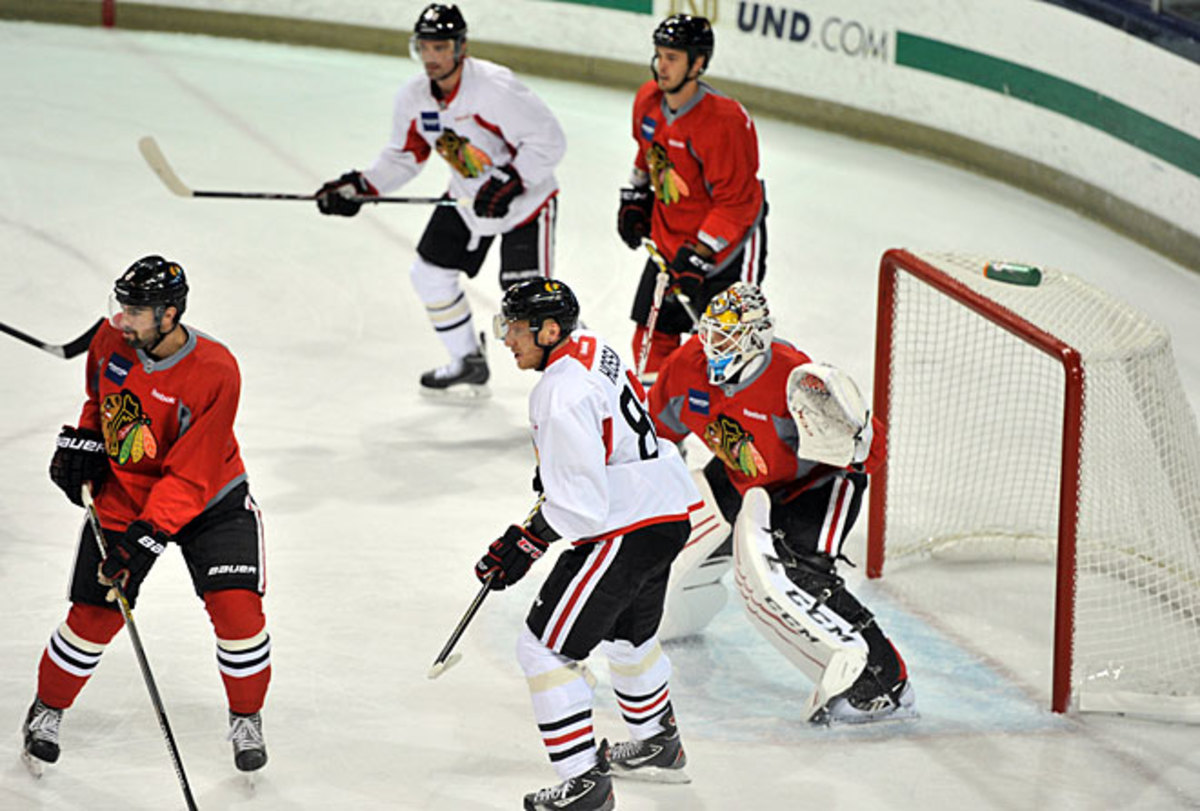
Bowman hails the health of veteran winger Kris Versteeg, who rehabbed an ACL tear during the off-season last year but actually got to do hockey training this summer. The team even issued a training camp invite to Cam Barker, the No. 3 overall pick in 2004 who spent parts of five seasons with Chicago but never found footing there or anywhere, ultimately playing in the KHL in 2013-14. It doesn’t matter where the depth comes from as long as the Blackhawks get it from somewhere.
• Barker invite puts pressure on Hawks' young defensemen
“We’ve been through both (situations) here in Chicago, with a lot of turnover, and we’ve also come back to a team very similar to previous year,” Sharp said. “The advantage is that we have coaching staff as well that for most part is the same. We know what Joel is going to bring to the team, we know for the most part roles and that kind of stuff. At the same time it’s a new season, it’s a clean slate, everyone wants to prove themselves again. That’s what you have to do in pro sports or else you’re not going to improve that much.”
It is again important to note that the Blackhawks might have won back-to-back titles if not for that puck deflecting off defenseman Nick Leddy’s sweater and past goalie Corey Crawford in overtime of Game 7 against the Los Angeles Kings in the conference finals. But that also underscores the point.
The smallest things generally make the difference at the highest level. Chicago can’t get the small things wrong, and as camp begins, there are a good number of small things to get right.
“We know it can be a special year if we put everything together,” Toews said, with that if set to trail his team for at least a little while longer.
Top 20 players to enter the NHL since the 2004 lockout
20. Brent Seabrook, D
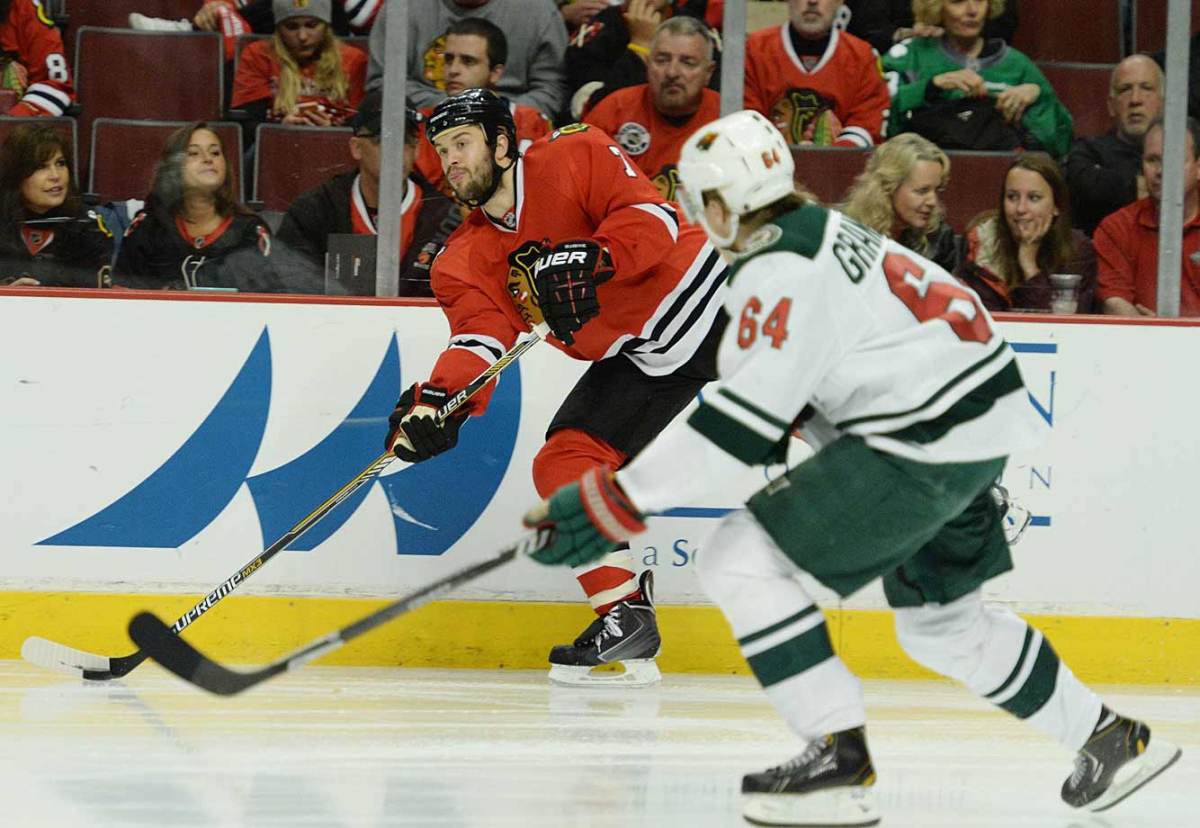
Seabrook and his Blackhawks partner Duncan Keith are one of the game’s best defensive tandems. A two-time Stanley-Cup winner, and Olympic gold medalist in 2010, Seabrook has also developed a penchant for scoring big goals. In 2013, he tallied the overtime winner against Detroit in the Western Conference semi-finals and three weeks later scored another OT winner to beat Boston in Game 4 of the Stanley Cup Final.
19. Thomas Vanek, LW
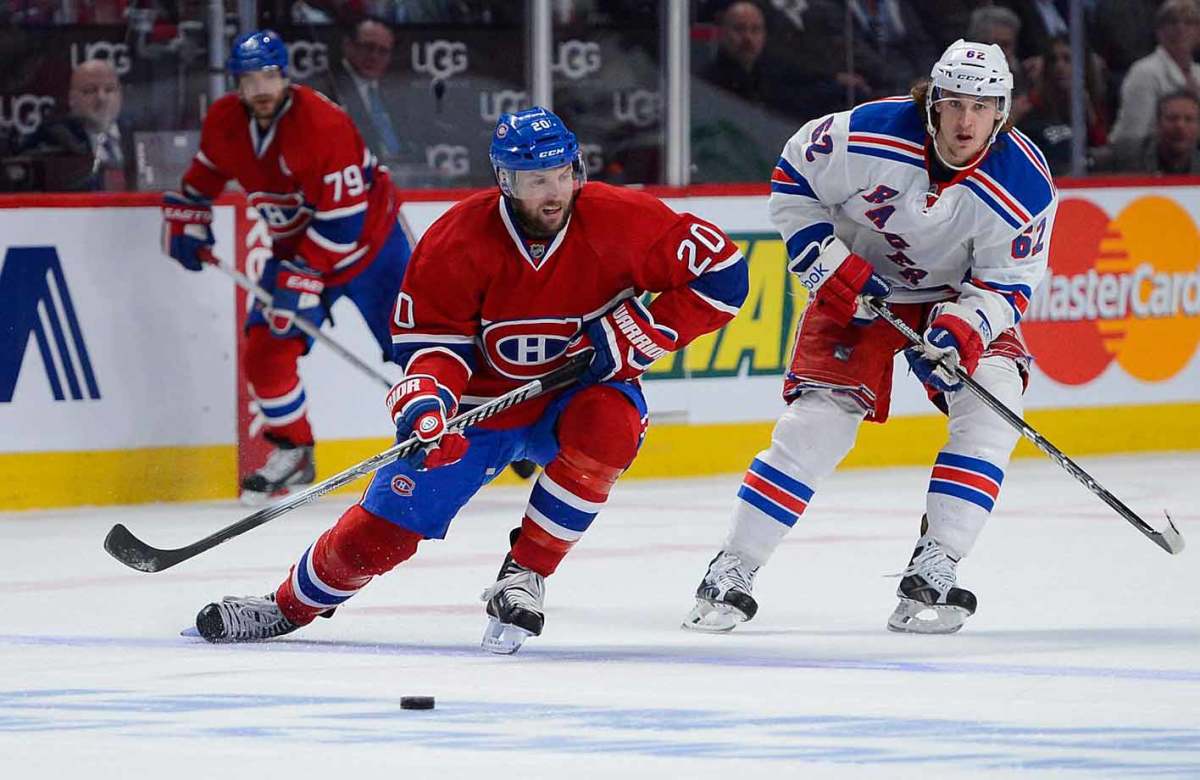
After winning an NCAA championship at the University of Minnesota, Vanek joined the Sabres for 2005-06 and went on to produce seven straight seasons of 25 goals or more, including a pair of 40-tally campaigns. In 2006-07 campaign, the talented sniper led the NHL with a +47 rating.
18. P.K. Subban, D
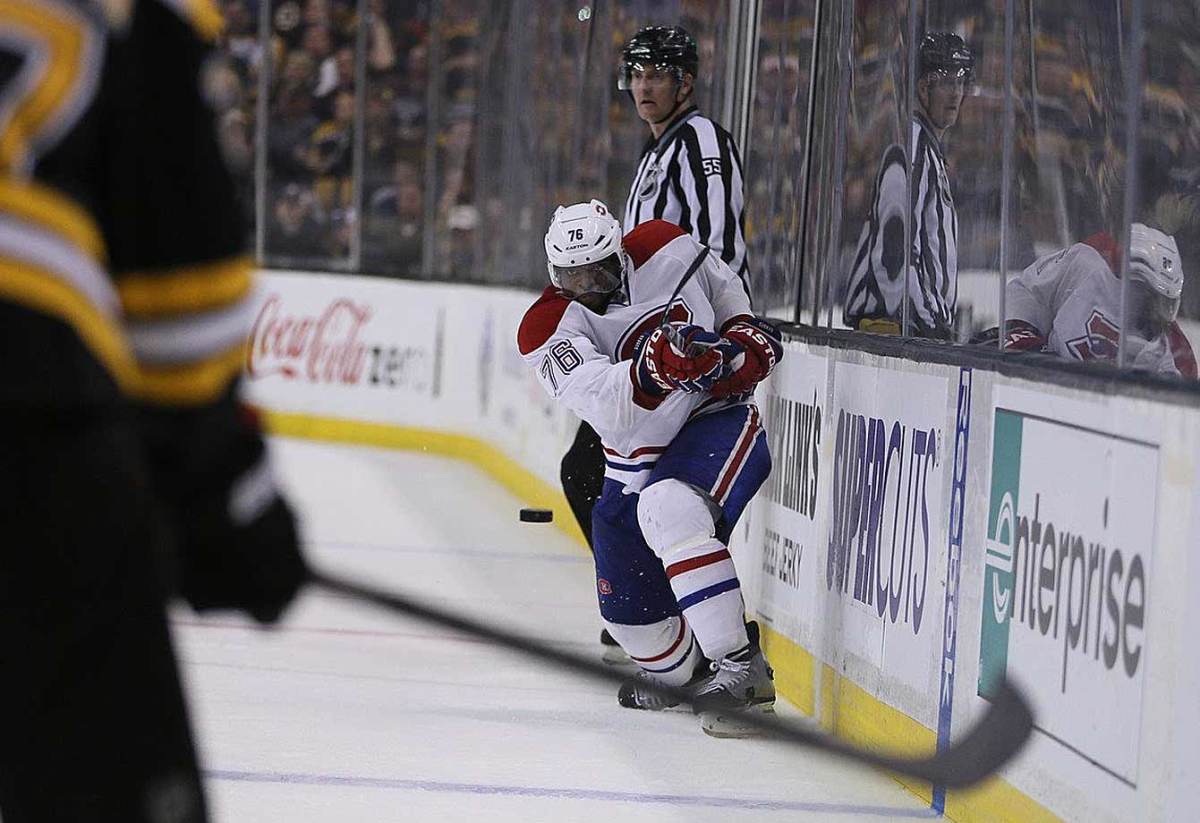
The cocky Habs defenseman has become one of the most dynamic and entertaining players in the NHL. He can be an offensive force, a defensive pest and a general nuisance for Montreal’s foes. Subban won the Norris Trophy in 2013, and produced 14 points in 17 playoff games the following season while leading the Canadiens to an upset victory against archrival Boston and a berth in the Eastern Conference Finals. In the summer of 2014, he was rewarded with an eight-year, $72 million contract.
17. John Tavares, C
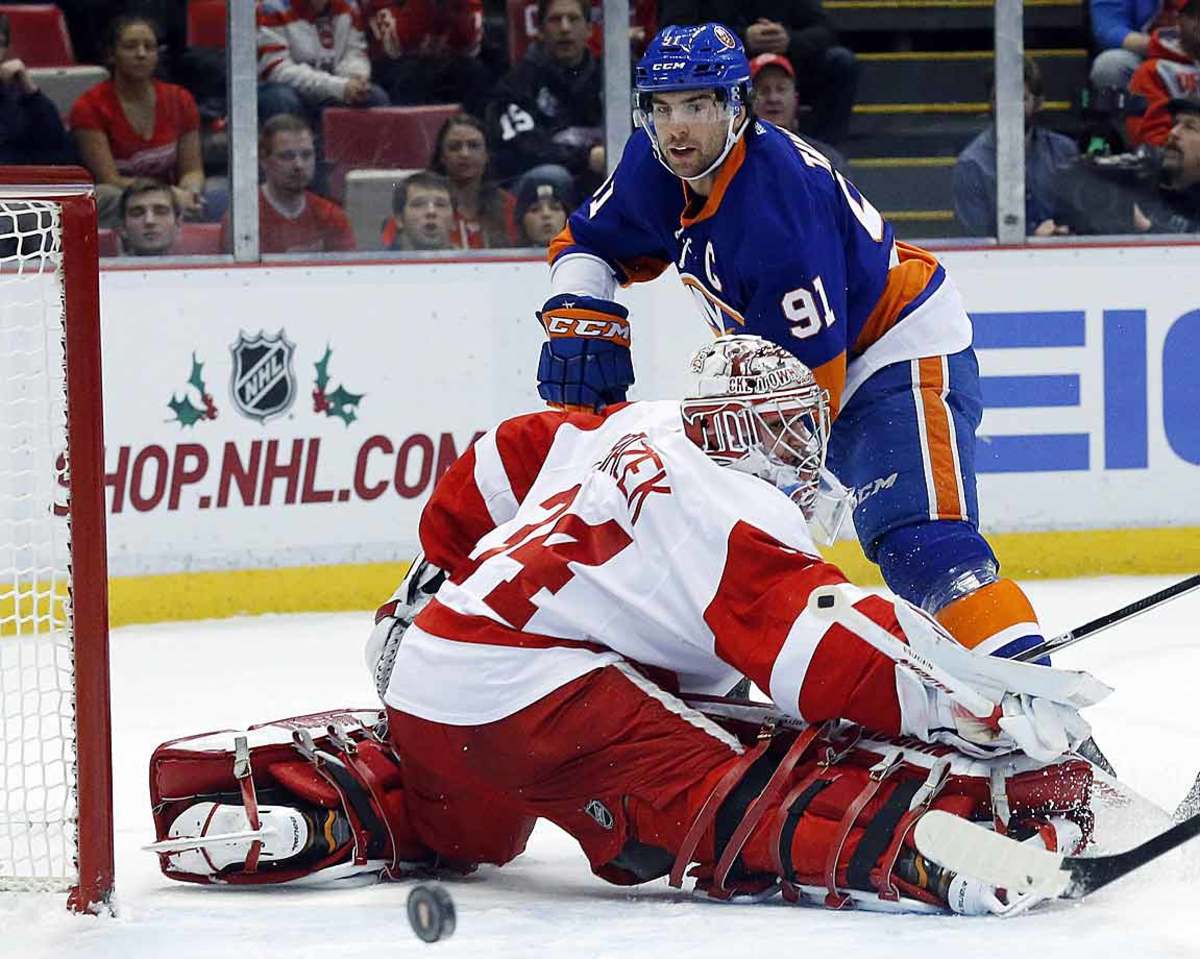
The first pick in the 2009 draft was regarded as one of the finest prospects since Sidney Crosby. Tavares has since become one of the game’s most exciting players. Named captain of the Islanders at age 22, he was a finalist for the Hart Trophy in 2013. A relentless worker, his impressive game is still evolving and improving.
16. Corey Perry, RW
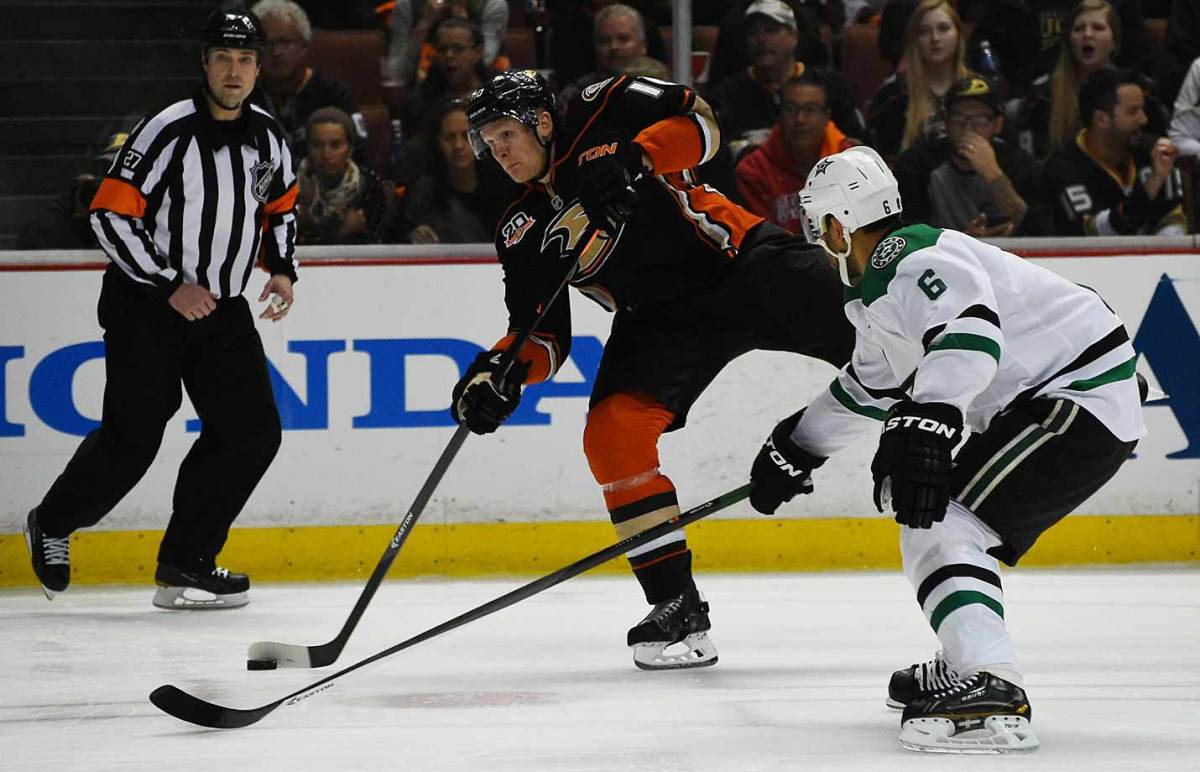
The 2011 Hart and Richard Trophy winner has become one of the game’s most consistent offensive players. A Stanley Cup-winner in only his second season (2006-07), he’s earned two First Team All-Star selections. Perry also won two gold medals playing for Canada at the 2010 and 2014 Olympics.
15. Ryan Suter, D
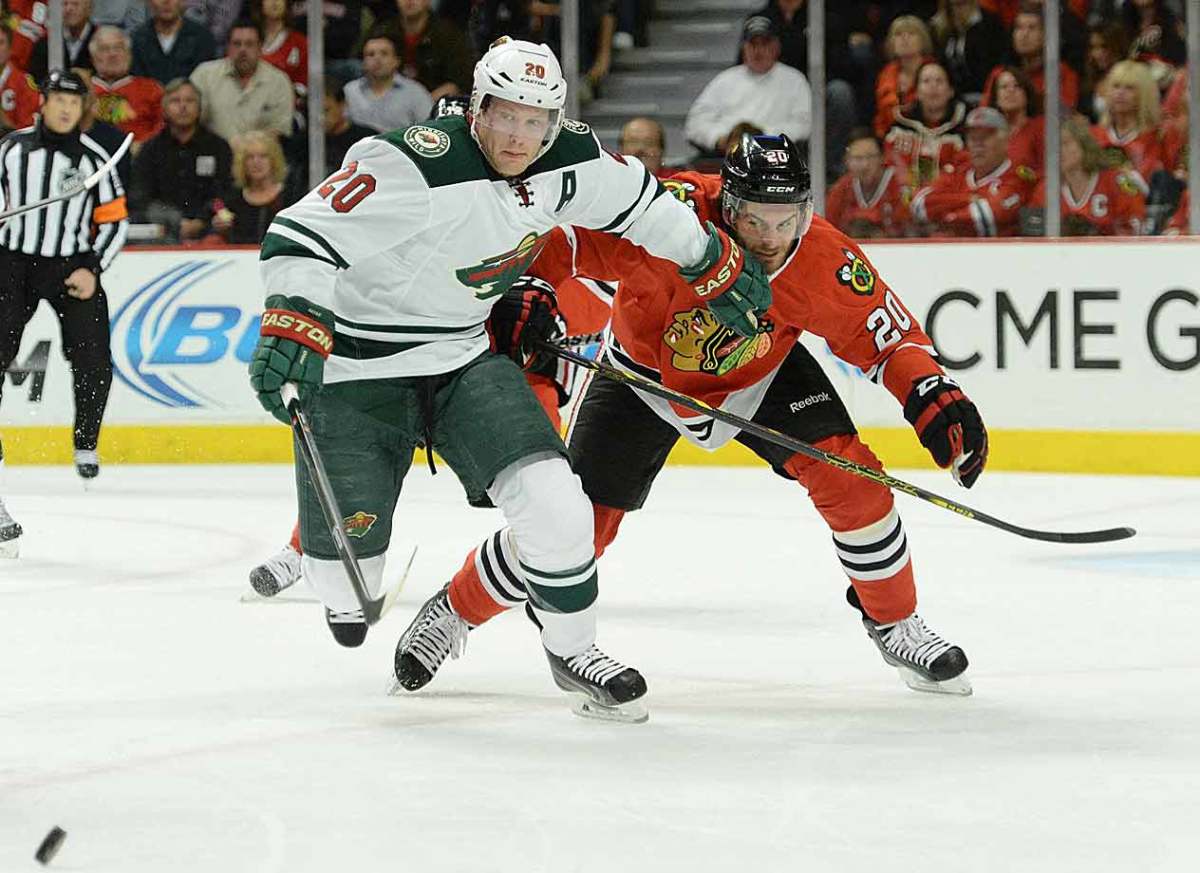
Suter entered the NHL with Nashville the season after the lockout and instantly emerged as an outstanding, mobile two-way defenseman. In 2012, he signed a celebrated 13-year contract with his hometown Minnesota Wild and won First Team All-Star honors. He’s also played in two Olympics for Team USA. (His uncle Gary, was a two-time Olympian, and his late father, Bob, was a member of the famed Miracle on Ice team that won gold at the Lake Placid Games in 1980.)
14. Zach Parise, LW
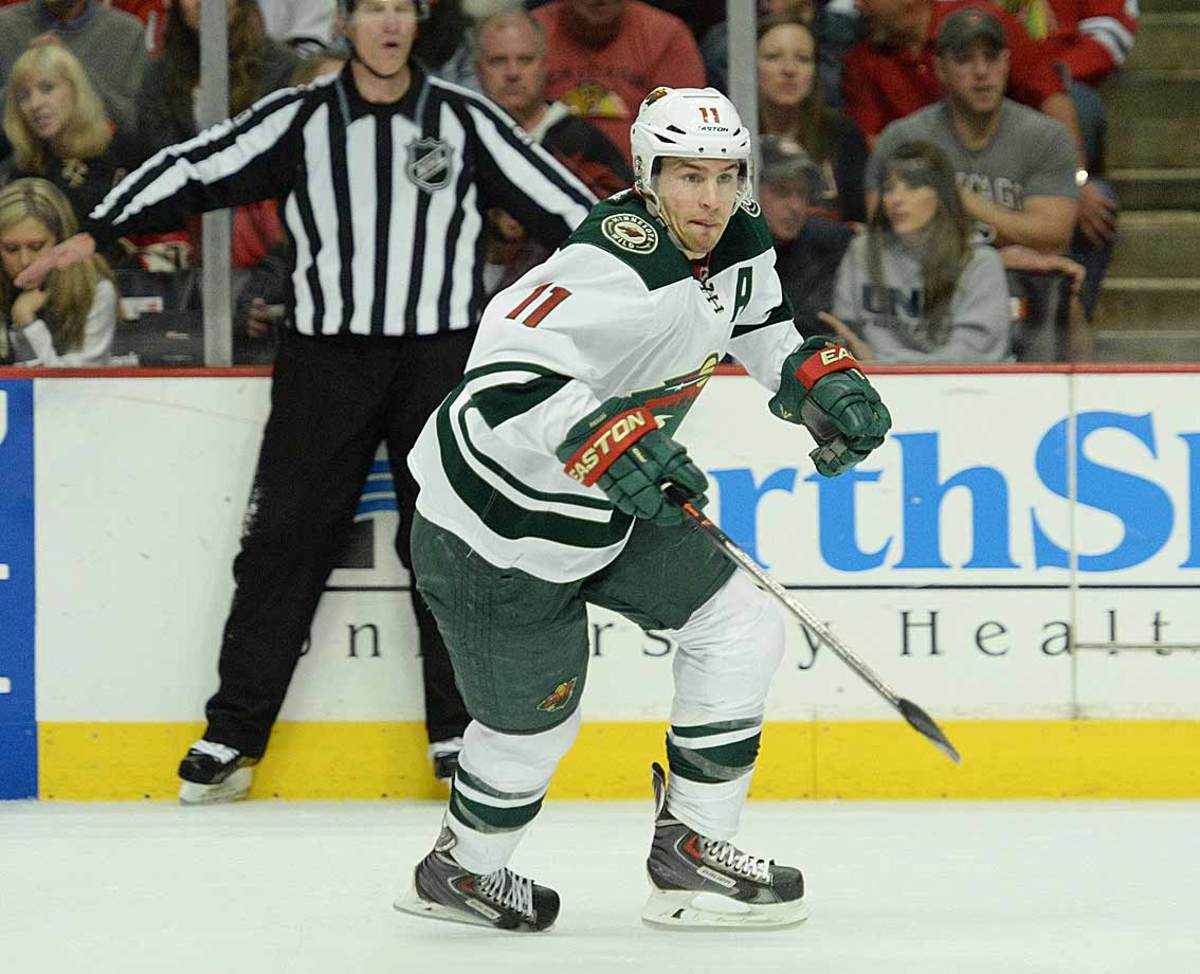
Parise joined the Devils the season after the lockout and later became New Jersey’s captain, the team reaching the Stanley Cup Final in 2012. He’s topped the 30-goal mark five times, and as a member of Team USA at the 2010 Olympics, he famously scored the tying goal with 24 seconds to play in the third period, sending the gold medal game into overtime before Canada ultimately prevailed. In 2012, he signed a 13-year contract with his hometown Minnesota Wild.
13. Ryan Getzlaf, C
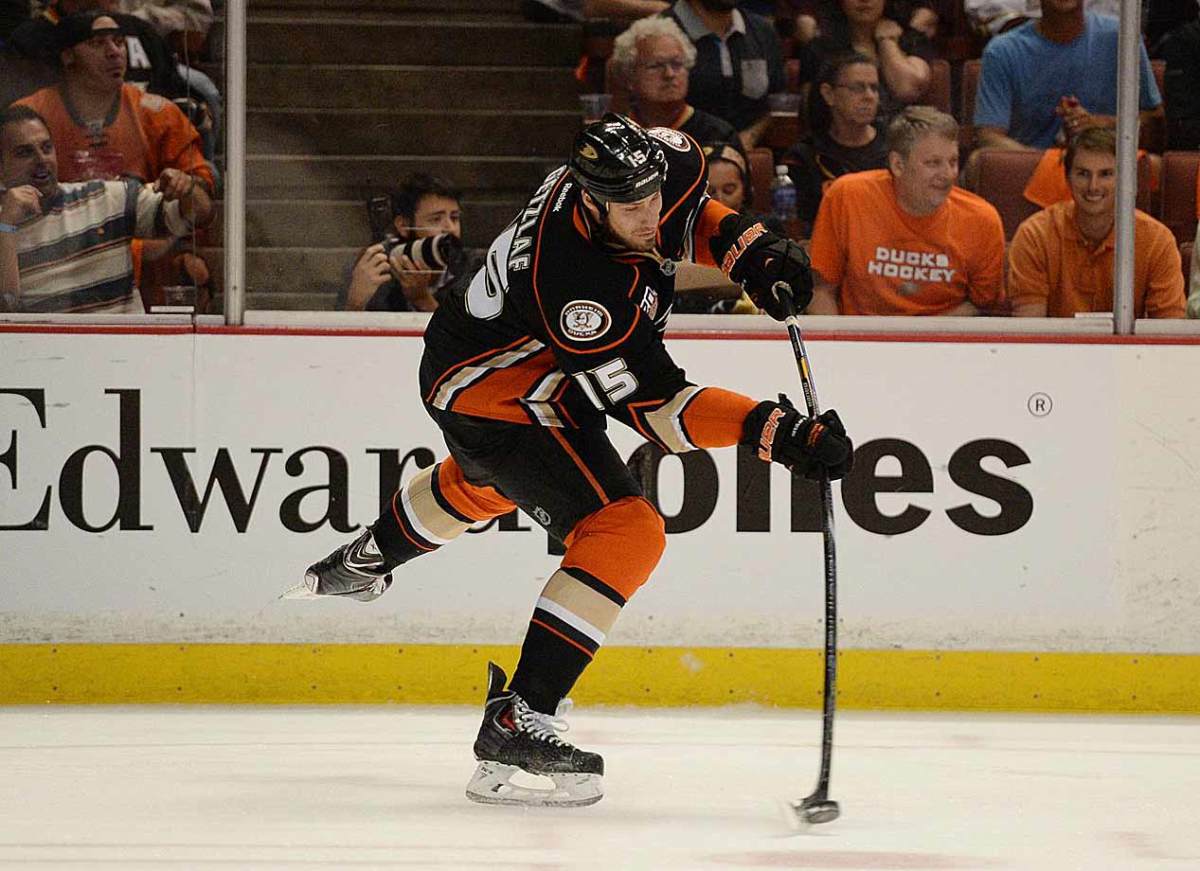
The Ducks’ captain has established himself as one of the game’s premier power forwards. He joined Anaheim the season after the lockout and was a key player in the Ducks’ run to the Stanley Cup in 2007. He’s produced just under a point per game in both the regular season (608 points in 633 games) and playoffs (74 points in 81 games), won gold medals for Canada at the 2010 and ‘14 Olympics, and was runner-up to Sidney Crosby in the 2014 Hart Trophy balloting.
12. Duncan Keith, D

Widely considered to be one of the league’s best defensemen, Keith joined the Blackhawks the season after the lockout and went on to win the Norris Trophy in 2010 and '14. He also bagged Olympic gold medals while playing for Canada those years. In 2010 and 2013, he helped propel the Blackhawks to the Stanley Cup.
11. Shea Weber, D
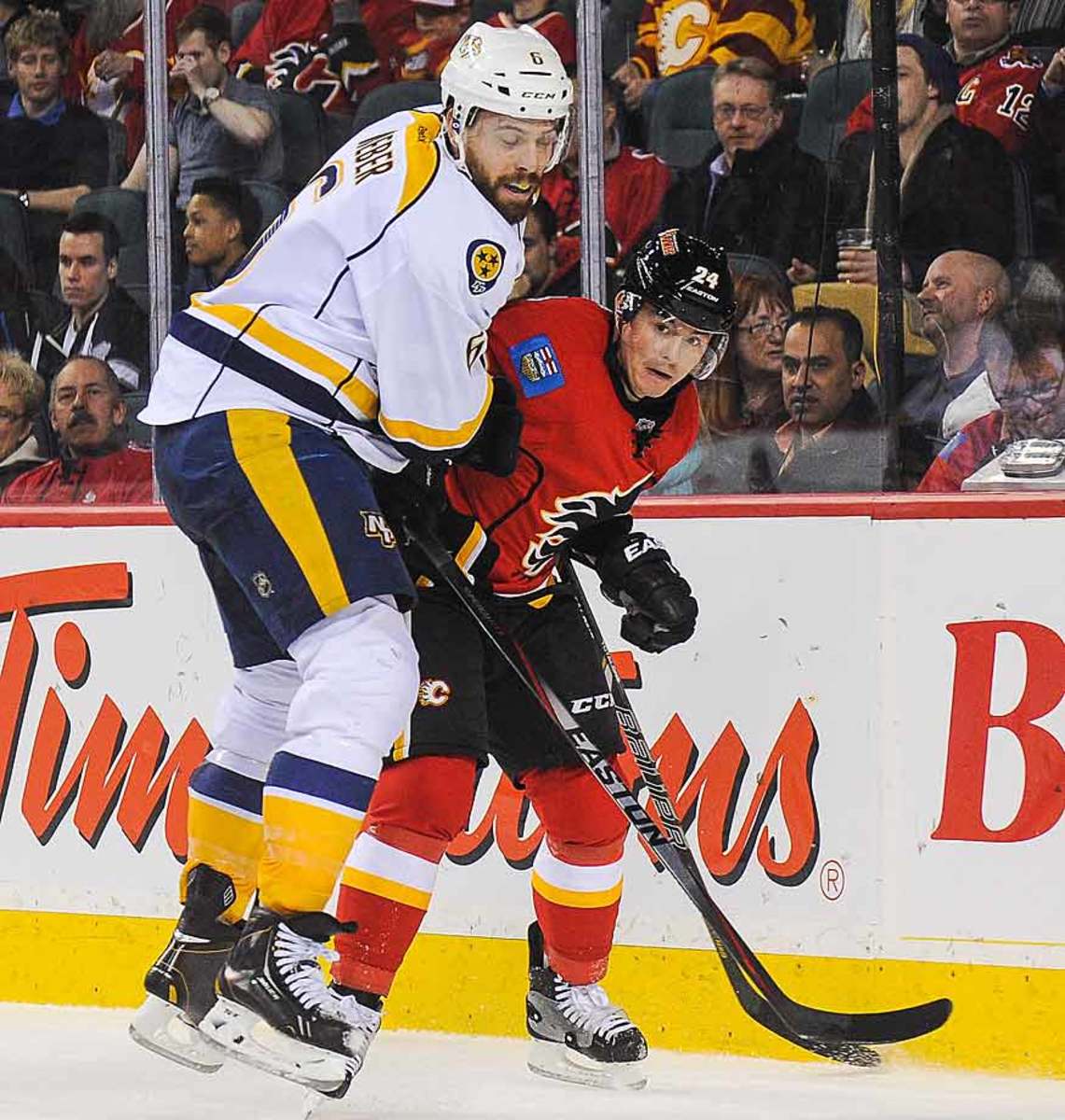
At 6’-4” and 233 pounds, Weber has established himself as one of the game’s most feared hitters on the backline since joining the Predators right after the lockout. He also possesses one of the game’s hardest shots, and has also produced 12 points in 13 Olympic contests while helping Canada to gold medals in 2010 and 2014.
10. Drew Doughty, D
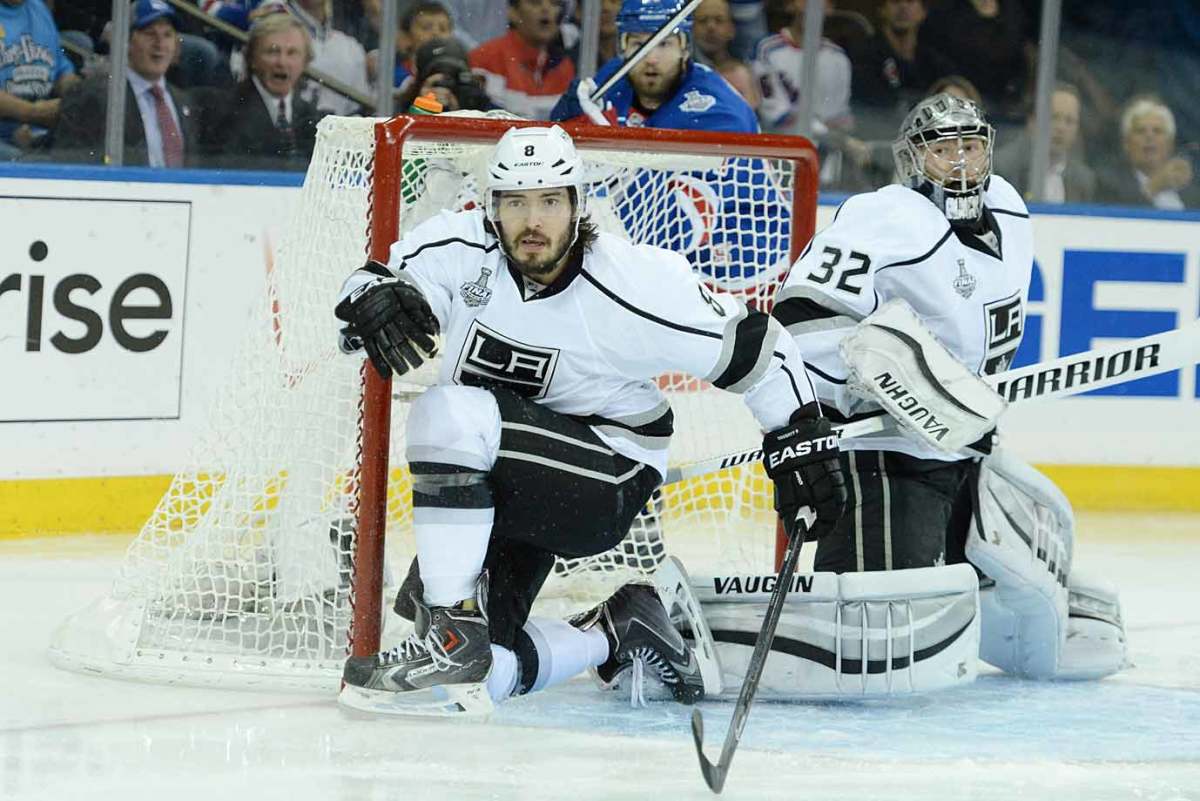
The rookie once known as Dough Boy has become a pillar of the two-time Stanley Cup-winning Kings. An exceptionally creative defenseman, he possesses one of the game’s best shots and array of bodychecks. And few players seem to have more fun playing the game. He also has two Olympic gold medals on his mantle.
9. Anze Kopitar, C
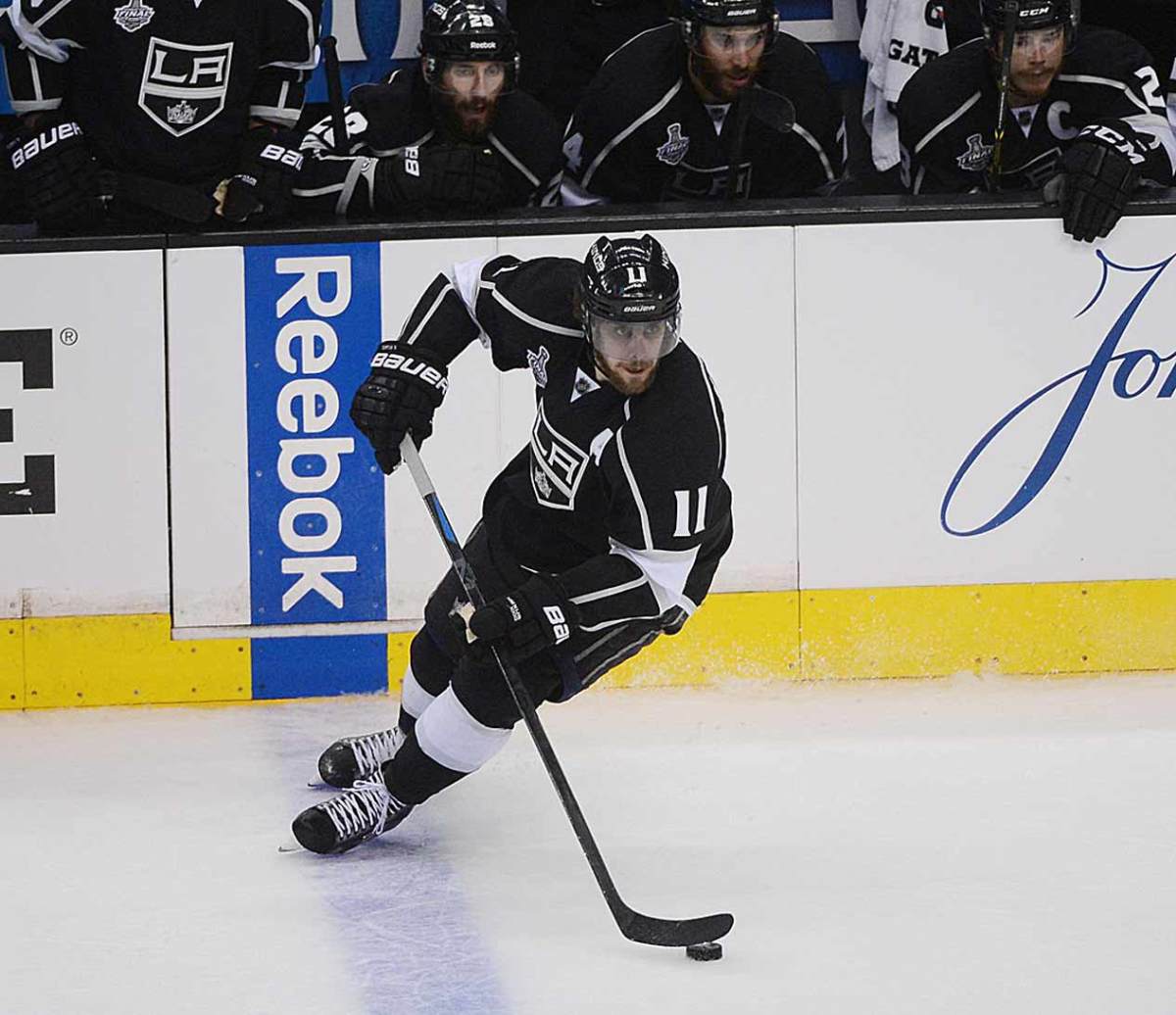
One of the NHL’s most complete forwards, Kopitar is finally getting his just recognition. He led the league in playoff scoring during each of the Kings’ championship seasons, totaling 46 points in 46 games in 2012 and ’14, and was a finalist for the '14 Selke Trophy as the game’s top two-way forward.
8. Henrik Lundqvist, G
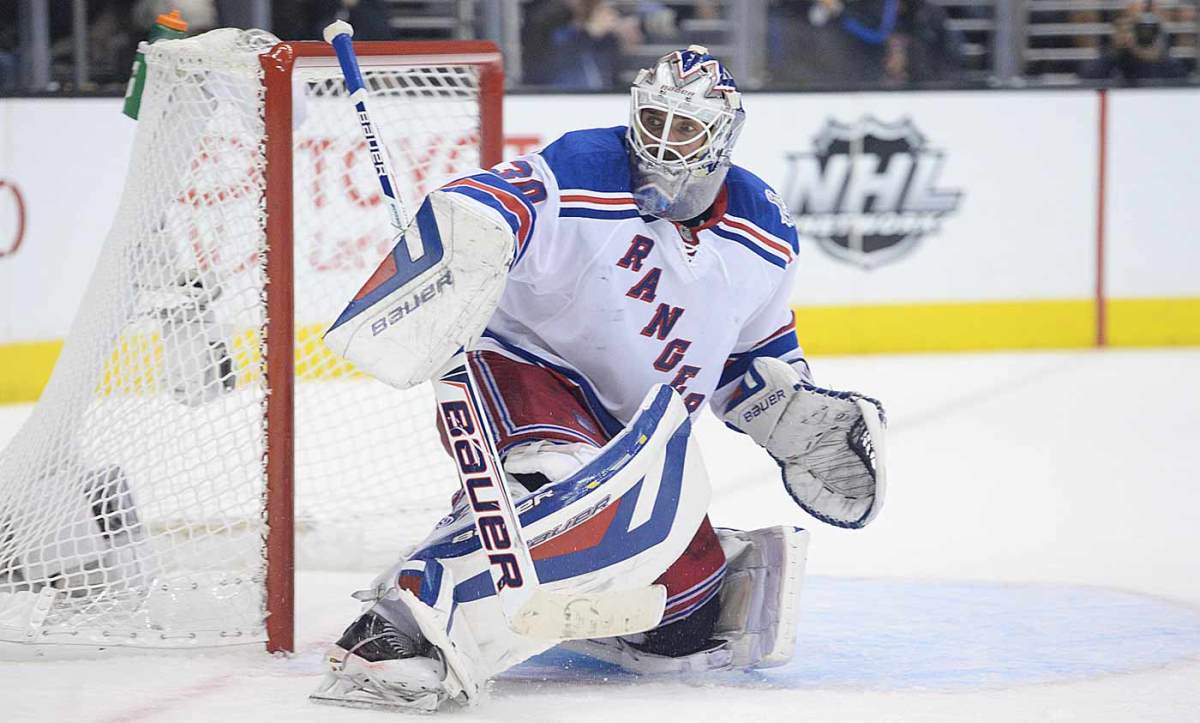
The only goalie in NHL history to win at least 30 games in his first seven seasons, King Henrik has become the toast of New York while setting Rangers club records for wins during the regular season (309) and playoffs (43). He led the team to the Stanley Cup Final in 2014 and backstopped Sweden to the silver medal at the Sochi Olympics, adding to the gold medal he won at the Turin Games in 2006.
7. Jonathan Quick, G
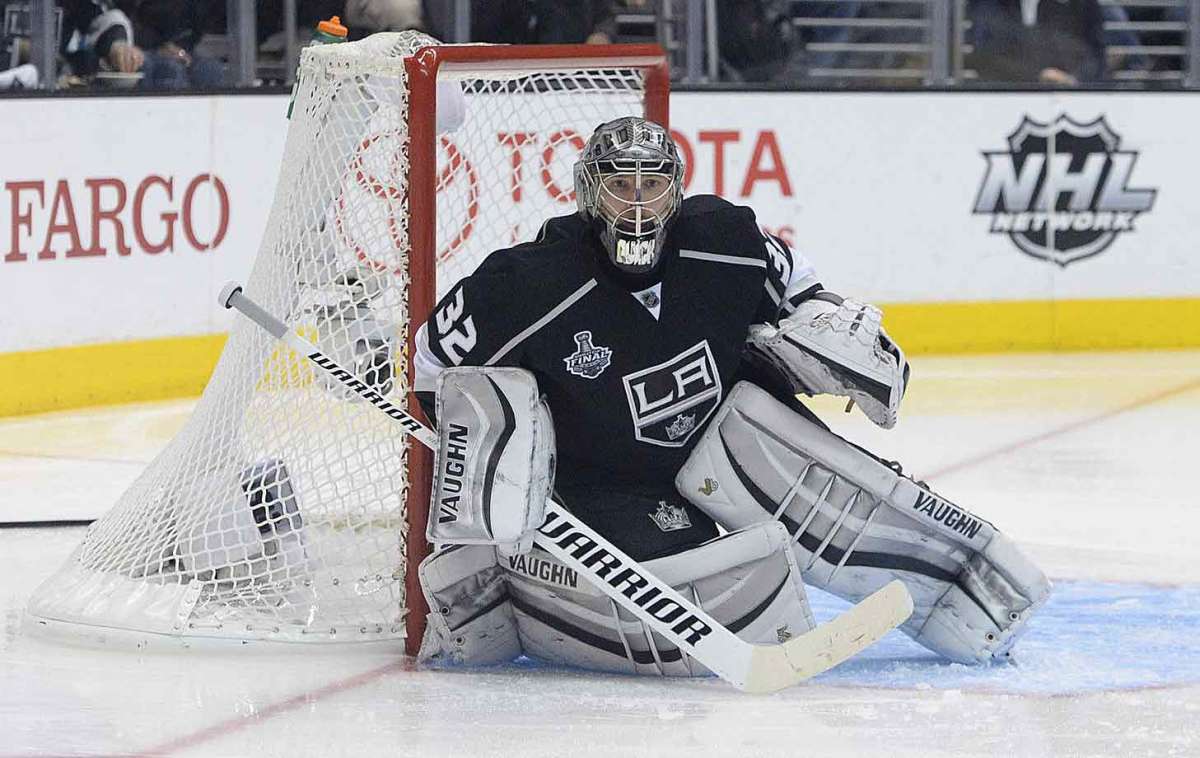
A two-time Stanley Cup champ and Conn Smythe Trophy winner in 2012, Quick has emerged as one of the stingiest goalies in the game. Despite weighing 220 pounds, he is so flexible and capable of covering the entire lower portion of the net that his teammates took to calling him Gumby. His combined marks in the 2012 and 2013 playoffs (.940; 1.63 over 38 games) are astounding.
6. Steven Stamkos, C
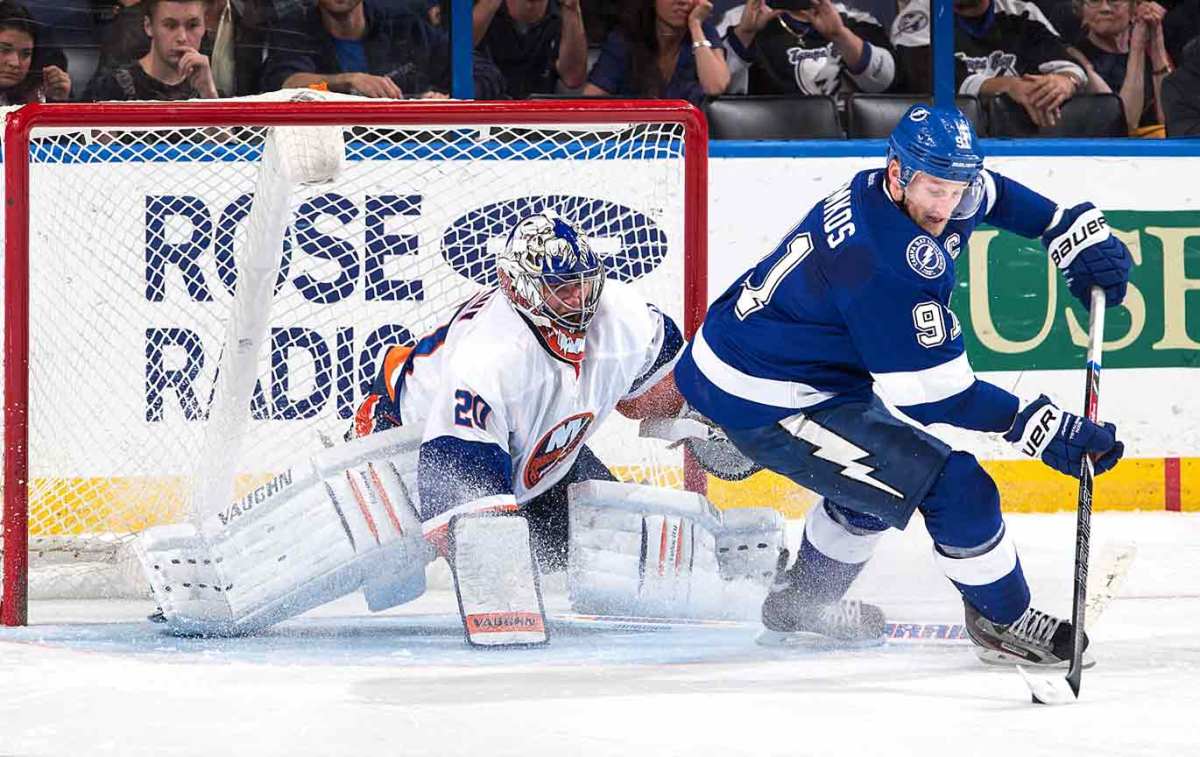
At 24, Stamkos, the first pick in the 2008 draft, has surpassed Alex Ovechkin as the NHL’s most dangerous goal scorer. He’s twice won the league’s Rocket Richard Trophy, scoring 60 times in 2011-12. Despite missing considerable time due to a broken leg suffered in Nov. 2013, he came back and still managed to produce 25 goals in less than half a season while leading the Lightning to the playoffs.
5. Alex Ovechkin, F
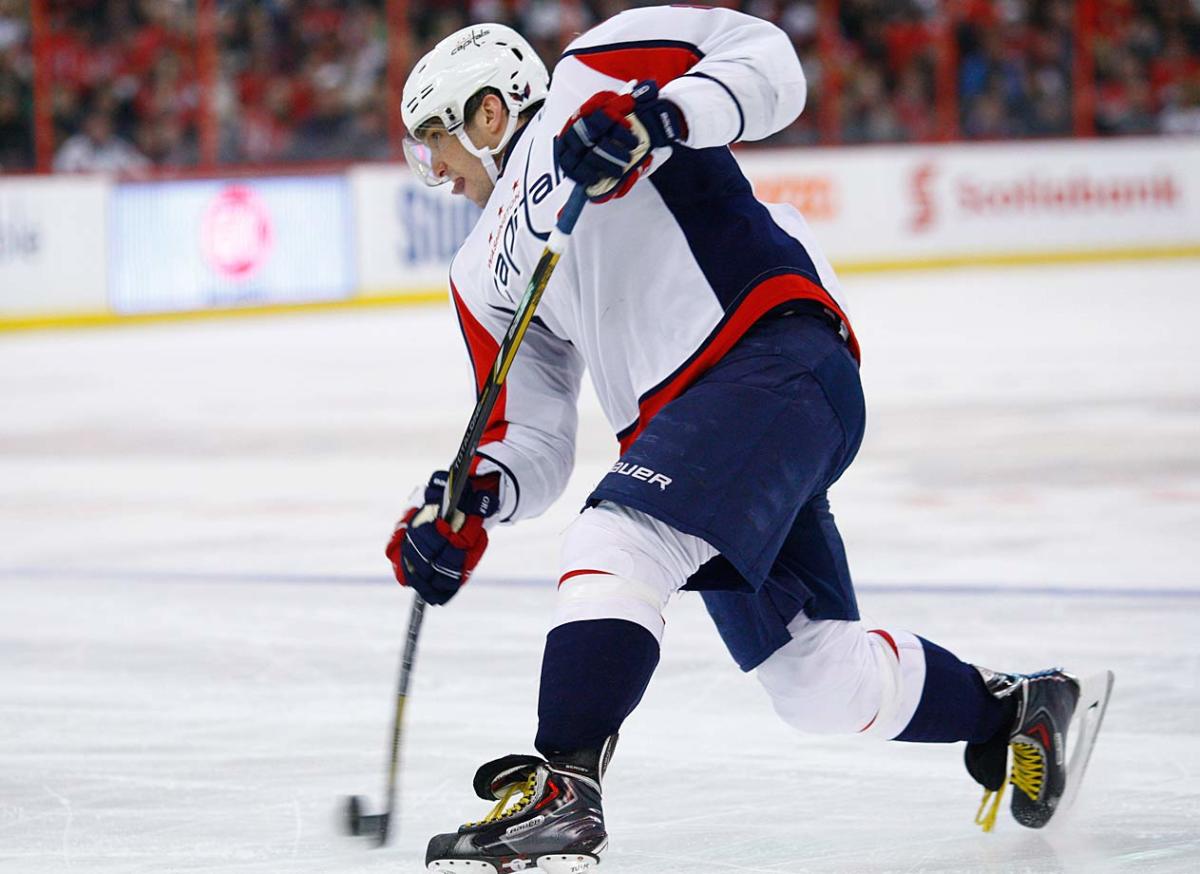
Ovi edged Sidney Crosby for the Calder Trophy during the first post-lockout season and has gone on to light the lamp 422 times in 678 games, leading the NHL in goals four times and producing four 100-point seasons. In 2008, he became the first player to win the Art Ross, Hart Trophy, Lindsay Award and Richard Trophy in the same season. He remains the game’s most entertaining sniper.
4. Patrick Kane, RW
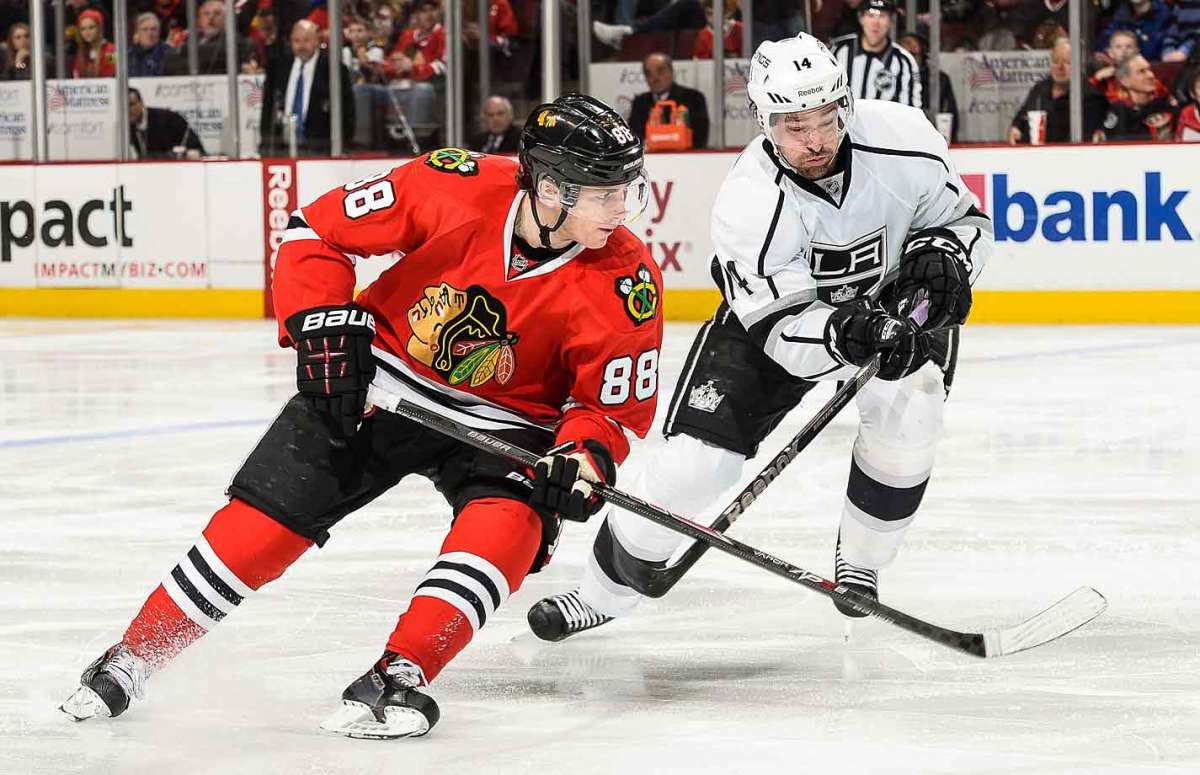
Kane, 25, is one of the game’s most dangerous offensive players, possessing magic hands that dangle pucks through seemingly impenetrable traffic jams. He’s played on two Stanley Cup champions and scored the winning goal in OT to clinch the championship against Philadelphia in 2010. Three years later, he won the Conn Smythe Trophy.
3. Jonathan Toews, C
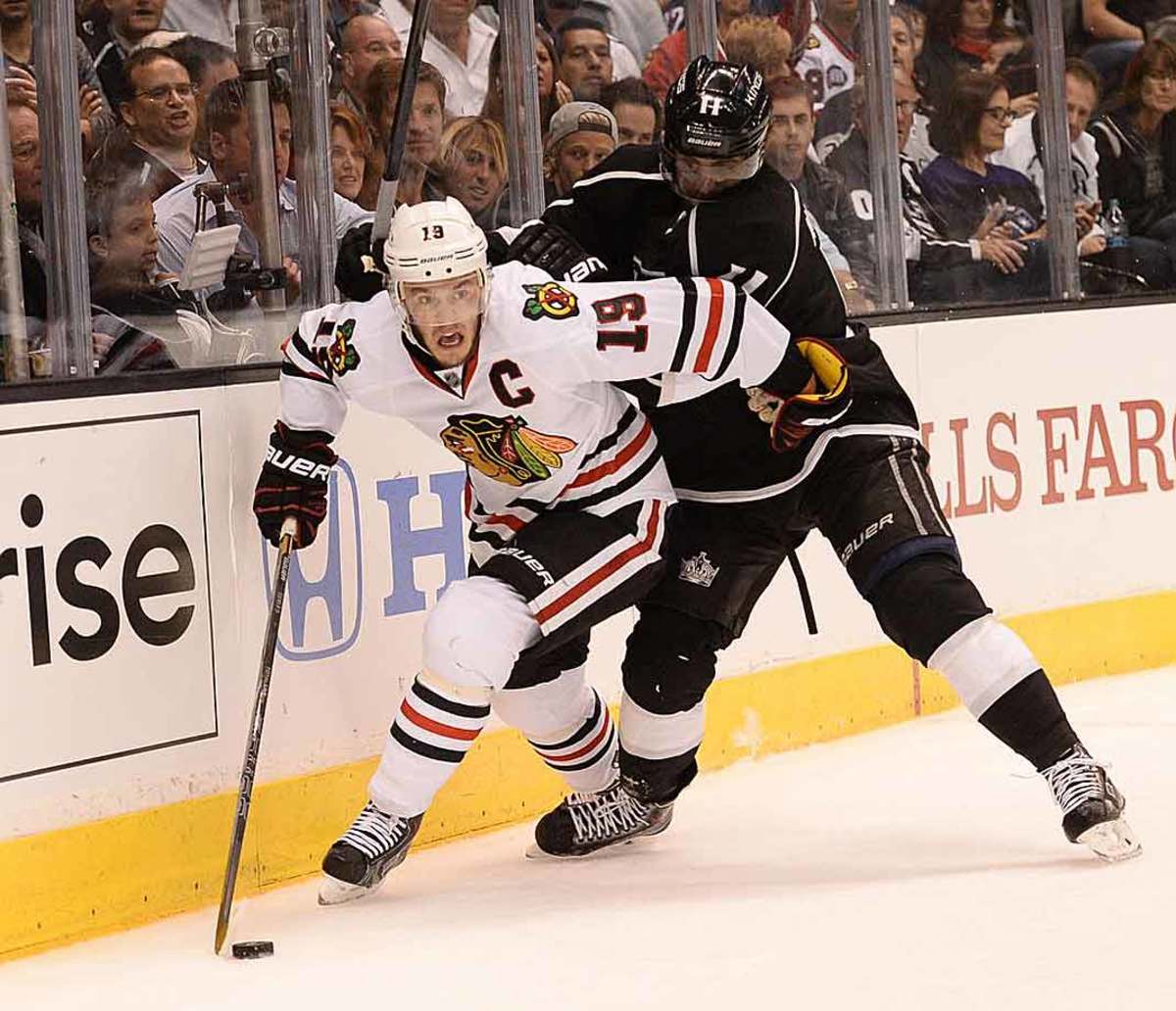
At 26, Toews is arguably the game’s premier leader and winner. He’s won two Stanley Cups and two Olympic gold medals and is recognized as one of the game’s most complete two-way players. With 29 points in 22 postseason games, he was voted the Conn Smythe Trophy winner after the Blackhawks’ title run in 2010.
2. Evgeni Malkin, C
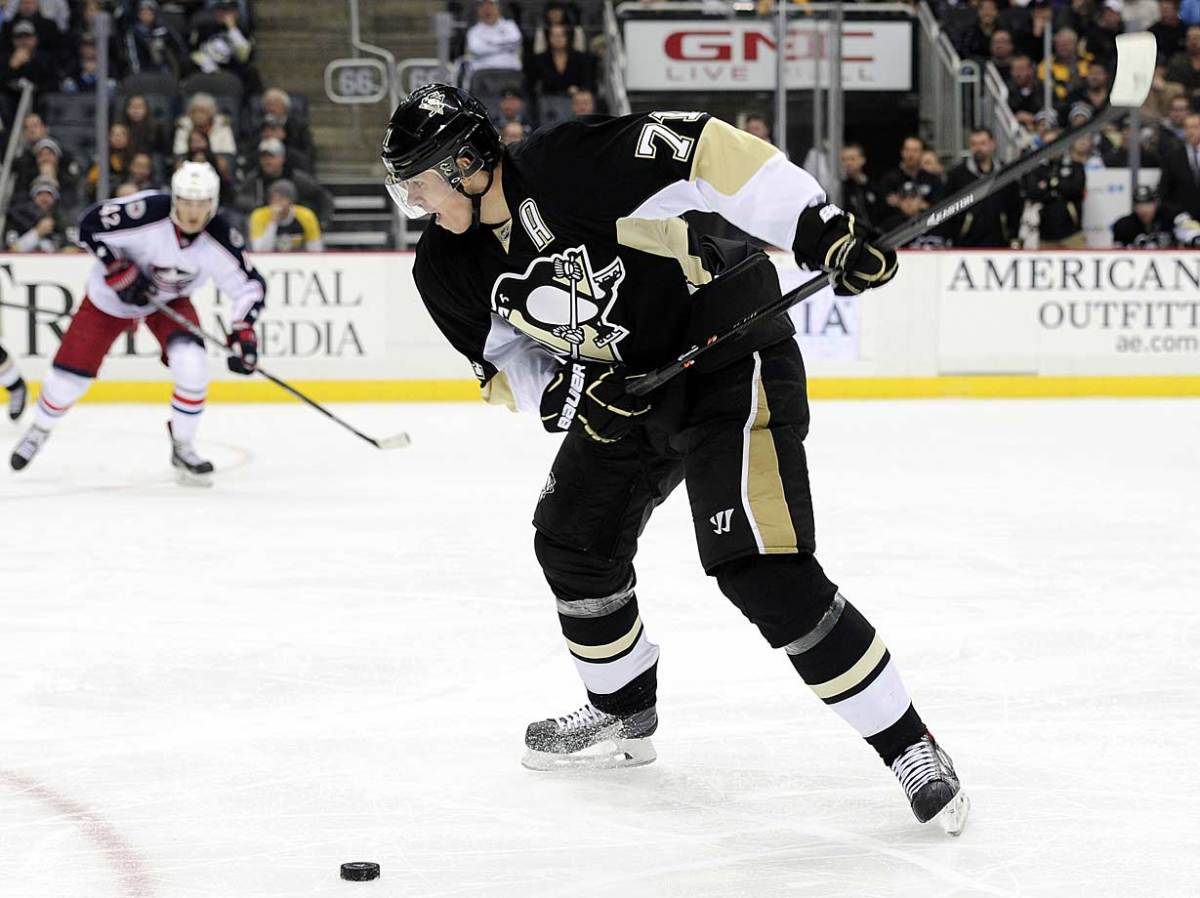
The man from Magnitogorsk has become Sidney Crosby’s lethal partner in the league’s most dangerous one-two combination. Malkin, who won the 2007 Calder Trophy, is now a two-time NHL scoring champ and the 2011-12 Hart Trophy winner. When the Penguins won their most recent Stanely Cup, in 2009, it was Malkin not Crosby who walked away with the Conn Smythe Trophy as playoff MVP.
1. Sidney Crosby, C
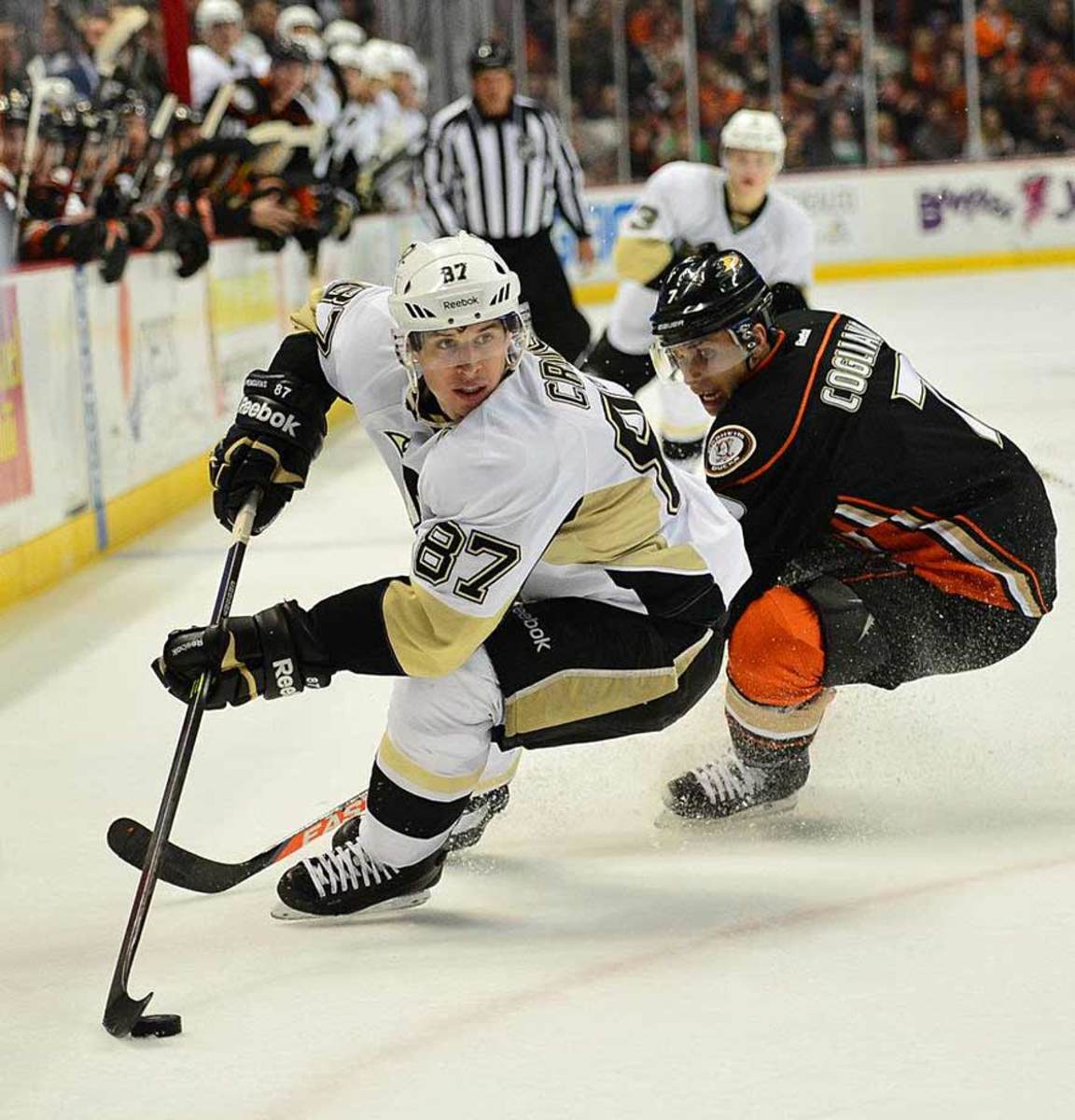
How can you top his two Hart Trophies, two Ross Trophies, a Stanley Cup, two Olympic gold medals—including the golden goal in OTto beat the USA in Vancouver—and mantle as the game’s best player? You can’t. He’s put up 769 points in only 550 regular season games and 114 in 95 playoff matches. At 27, his Hall-of-Fame career is likely only half over.
